Toyo vs Michelin Tires
Tires are an investment into your short-term driving future. If you make the right choice, you will save money in the long run. Picking a cheap tire might save money in the moment but cost you more in the long run. on the other hand, buying expensive ones just to punish your tires could be a waste, it all comes down to what you want out of your tires.
Toyo and Michelin is the perfect example of the above. Toyo is cheaper and makes a lot of motorsport tires, both on and off-road. While Michelin sells tires at a higher price which are built to last a long time and give ultimate performance in their respective tire families.
Toyo’s History
Toyo Tires was founded in Japan during 1945 when a rubber company and an industrial manufacturing company merged to form Toyo Tires. Both companies had suffered significant damages during the war due to allied bombing and the merger would allow both companies to recover.
By 1966 Toyo Tires had expanded into the U.S. market and was quickly making a name for itself thanks to Toyo’s dedication to innovation, quality, performance, and excellent service. Toyo has one of the most extensive research and development centers in the tire industry, one which rivals larger companies like Michelin.
Today Toyo’s U.S. headquarters can be found in Cypress, California with their main warehouse in Southern California reaching almost a whopping one million square feet. Toyo also has additional warehouses in Georgia, Illinois, Pennsylvania, and Texas.
One of the most important aspects people look for in a tire is the fuel economy. Toyo took that to heart and pioneered its Nano Balance technology. The technology improves fuel efficiency at a molecular level by structurally arranging the rubber materials.
Toyo’s Tire Families
Through Toyo’s hard work they bring an impressive selection of tires to the market, one of which can rival bigger companies like Michelin. Toyo primarily focuses on high-performance tires, both on and off-road in all conditions. Unfortunately, their high-performance focus means that they don’t have many day-to-day tire options.
Open Country
The Open Country tire line is one of the two main tire lines Toyo offers. As you might be able to tell from the name, the Open Country is Toyo’s off-road adventure line. There are ten tires in this line, and they are all designed for light trucks, SUVs, CUVs, or, in the case of the Open Country SxS, side by sides.
Thanks to the high number of tires in this line, there is a tire for any occasion and any weather condition. Some of these tires are also purpose-built for competitions like the Baja 1000 and Baja 500.
Proxes
With ten tires in the line, the Proxes is Toyo’s other main tire line. Other than being used in competitions, the Proxes is the polar opposite of the Open Country. Other than the Proxes ST III which is designed for sports trucks and SUVs, the Proxes line is primarily designed for sports cars.
The Proxes line will give you what you need, whether it’s a higher performance, all-season tire, or a slick race-ready tire.
Extensa
The Extensa is Toyo’s value-driven series with a good amount of tread life. There are only two tires in the line, one which focuses on performance and one which is designed to fit just about any vehicle, shape, or size.
Observe
As with the Extensa, there are only two tires in the Observe line. Both of these tires are winter tires that are aimed at slightly different markets. The main difference is that one is studded while the other is not. The studded tire will help when the road has ice where the unsteadied tire give provide more comfort overall.
M-Line
The M-line only consists of one tire, and it is designed for light trucks as a commercial-grade, on/off-road tire. The tire will work all season round, even in harsh conditions as it has the three peaks symbol for snowy conditions.
Celsius
The Celsius line is Toyo’s third largest, sitting at four tires in the line. All four tires are built for different vehicles: Sport, passenger, SUV/CUV, and commercial grade. The one thing they all have in common is that they are all designated as all-weather tires.
H-Line
The HO8+ is the only tire in this line and is an all-season tire built for Cargo Van/Truck tires.
Michelin’s History
As the world’s second-largest tire company, Michelin is formidable. Being founded on May 28th, 1889, by brothers Édouard and André Michelin. Through the many years of Michelin’s tire existence, they have achieved many key milestones which have put them on the map, including map making.
The birth of the company is thanks to the first of these milestones because it is the reason the brothers founded Michelin tires. Before the brother’s intervention into the tire industry, if a tire was punctured and need repair, many hours would be lost.
This was because tires were glued to the rim, which lead to extremely long repair and wait times for tire repairs. The brothers had a firsthand experience of this when they took on a client that need a bicycle tire repaired.
They agreed to repair the tire and set to work. It took them 3 hours to remove the tire because of the glue. Once it was removed and repaired, they glued it back on and then had to wait many hours for the glue to dry.
Finally, the glue was dry and one of the brothers tested it out, to which the tire promptly failed. Two years later in 1891, the Michelin patent for the removable pneumatic tire was published. That same year Charles Terront won the world’s first long-distance cycle race with the removable pneumatic tire.
By 1934 Michelin introduced the run-flat-tire. Though this was an early version and not much like anything we see today, it was still an important innovation. The tire sported a special internal foam that would take the load of the vehicle if the air pressure of the tire was lost.
Today not many people use run-flat tires, nor do they see the use for them. A combination of modern-day tires and roads means that punctures are not that common. In those days, however, punctures were far more common due to road conditions and the fact that all tires were non-radial.
This was just the beginning of Michelins climb to power. In 1946 Michelin invented the radial tire. Since its inception, the radial tire has changed the tire world. The radial tire is much stronger than a non-radial tire. This is due to two design features.
First, a radial tire has a steel belt running under the tread in parallel to the direction of tire rotation. The main job of this steel belt is to provide strength and support to the treaded area, which vastly improves puncture resistance.
The second feature is the nylon fibers that run from bead assembly to bead assembly (the parts that touch the rim). These nylon fibers are sometimes called the body plies and are aligned perpendicularly to the rotation of the wheel.
The nylon fibers give both support and flexibility to the sidewalls of the tire. Because the tread and sidewalls are supported by different systems, the radial tire can make the most of both material’s properties where it is most needed.
Michelin has been such a successful company over the years, they even had their stint in the pinacol of motorsports, Formula One. The constructor’s championship was won four times with Michelin, an accomplishment most drivers don’t even achieve.
Their successes, however, were not without hardship. In 2005 Michelin tires were experiencing catastrophic failures and over half the grid protested, refusing to race on the dangerous tires. This all happened at the US Grand Prix and is now known as the US Grand Prix debacle.
After further disagreements with F1’s governing body, the FIA, Michelin decided to withdraw from F1 for good at the end of the 2006 season. Today Michelin is only second to Bridgestone. The company is extremely reputable and is advertised as using technology and innovation to make its products and services stand out.
Michelin Tire Families
With Michelin having been so much more impactful throughout the tire world, they have many more tire options to pick from. Though this can be overwhelming as you might feel as though you have too many choices, it actually means that you can pick that tire that meets your exact needs.
Michelin CrossClimate
The four CrossClimate tires are all-season tires that are more capable in the snow than most all-season tires as they have the three peaks symbol. With their unique tread pattern, they will not only turn heads but all last a long time, especially compared to other tires that have the same winter ratings.
Michelin Defender
The Defender is Michelin’s long-lasting tire that can go anywhere. Designed to operate in just about any condition, these three tires all come with a warranty up to 80,000 miles. Many claim that the defender is the best long-lasting tire on the market.
Michelin Energy
These three tires are designed to improve your fuel efficiency, whether it be on the family car or a small sports car. The tires can be used all-season round and they save fuel by keeping the tire cool due to a unique silica-based rubber.
Michelin Latitude
Consisting of six tires, the latitude line will provide winter, summer, and all-season tire requirements to SUV, CUV, and light truck owners. There are three basic areas which these tires cover: touring, sport, and winter.
Michelin Primacy
The Primacy tire line is the all-day everyday tire from Michelin. With seven tires in the line, you can customize your pick to best fit your needs. The main goal Michelin has with this tire line is to provide safety and comfort to the user in all conditions.
Michelin Pilot
The Pilot is one of Michelin’s biggest attractions. With a whopping eighteen tires in this line, you can truly optimize your vehicle’s boots in order to maximize all of its potential. Most of these are summer tires with a small amount of grooving, however, if you want some wet and wild fun or a bit of fun in the snow, the pilot line has it all.
Michelin Premier
As you can probably tell from the name, these are Michelin’s most luxurious tires. There are only two tires in the line, one for passenger cars and luxury performance cars, and the other tire is for SUVs and Crossovers. Both tires will substantially reduce road noise and provide a smooth ride.
Michelin LTX
The LTX tires are all about “bigger is better” as both tires in the line are made for light trucks and SUVs. One tire is aimed at the all-terrain experience while the other tire leans more toward commercial usage.
X Ice
Finally, the X Ice is all about winter. All three tires are winter-only tires. All of these tires use studless winter tire technology where the main difference is the vehicle they can be fitted to.
Differences Between Toyo and Michelin
The main differences between Michelin and Toyo are price, quality, and selection. When it comes to pure price, Toyo wins hands down. They are far cheaper than Michelin, however, when it comes to tires, cheaper isn’t always best.
As far as quality goes, Michelin is simply going to be better as they have an abundance of resources for research and development. Selection is kind of a draw, Michelin has more overall tires to pick from, however, Toyo has a good amount of sports tires compared to Michelin, and Toyo has far more off-road tires compared to Michelin.
Advantages of Toyo
- Well priced for decent quality
- Large selection of off-road tires
- Large selection of sports tires
Advantages of Michelin
- Good variety of tire types
- Innovative fuel efficiency technology
- Extensive testing for consumer models
- Some of the longest treadwear warranties in the industry
Which Brand to Choose
Ultimately the choice will come down to your situation, both financially and what you are looking for. If you want some rubber to burn or, go off-road into the desert without breaking the bank, then Toyo is going to be a good choice.
On the other hand, if you are not worried about the price and you want some good quality tires that will last a long time, all the while saving you some fuel, then Michelin is the way to go. Either way, it is always a good idea to do some research and read some reviews before you invest.
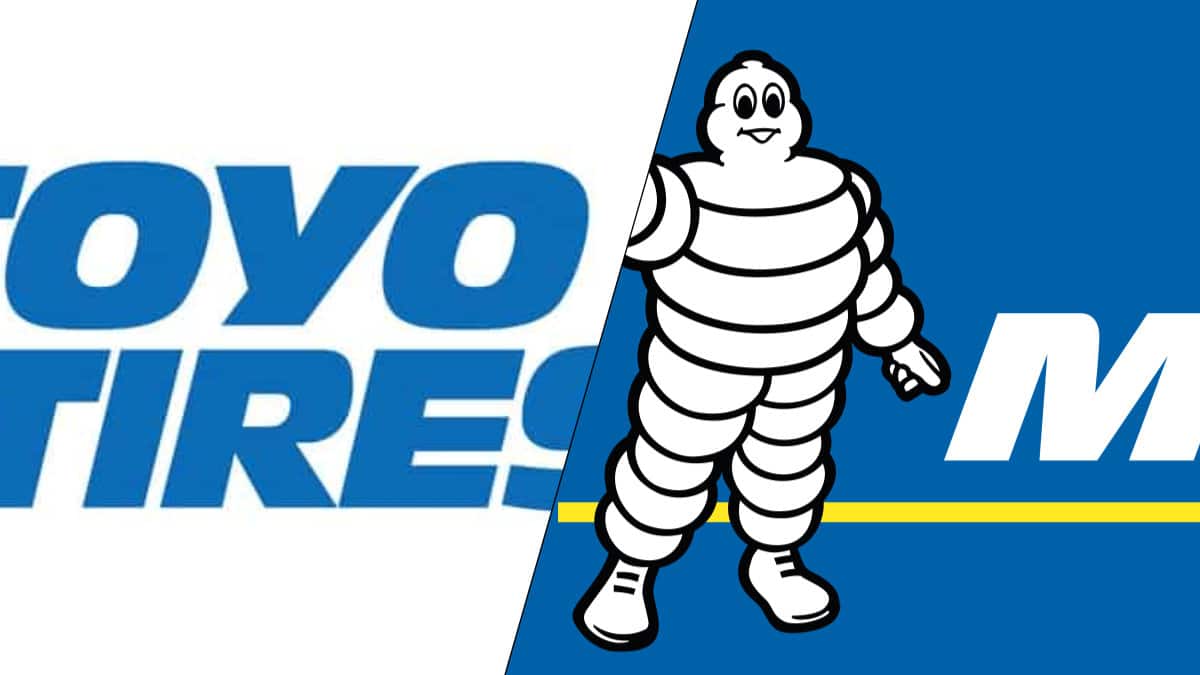
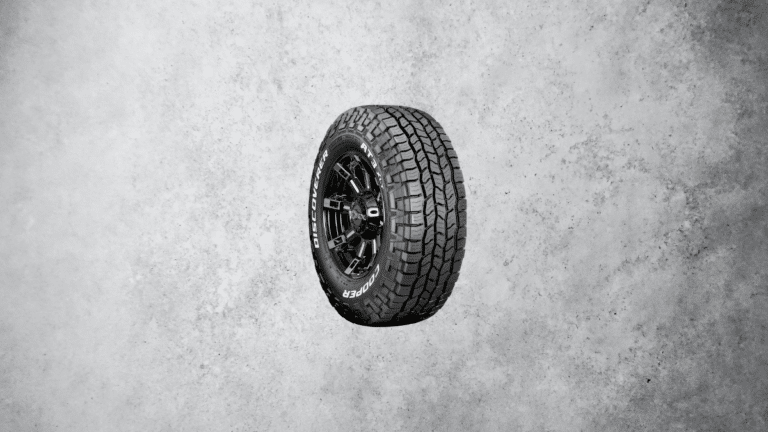

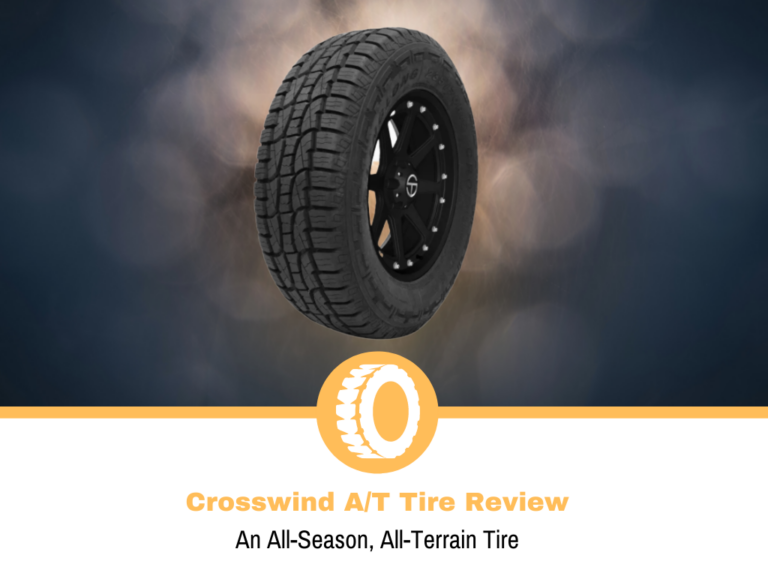
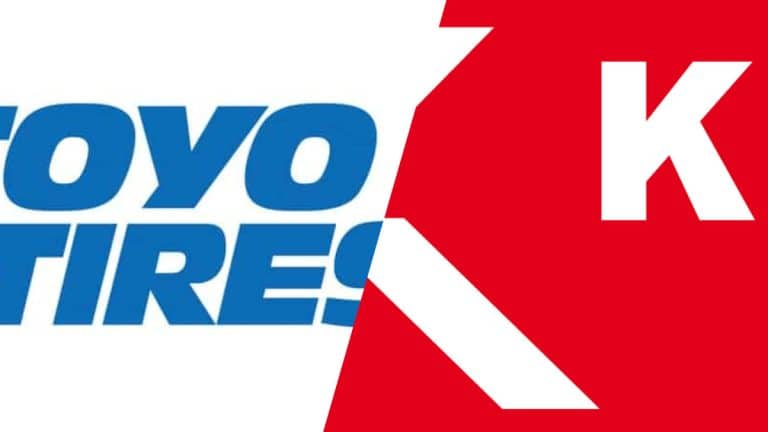
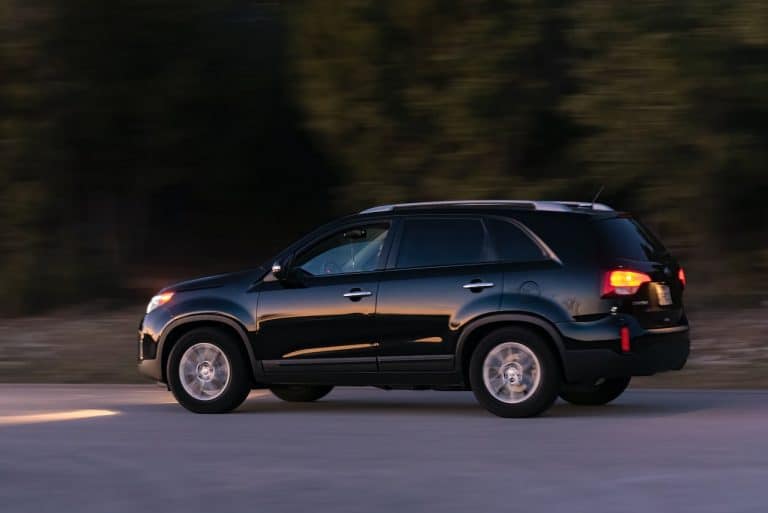
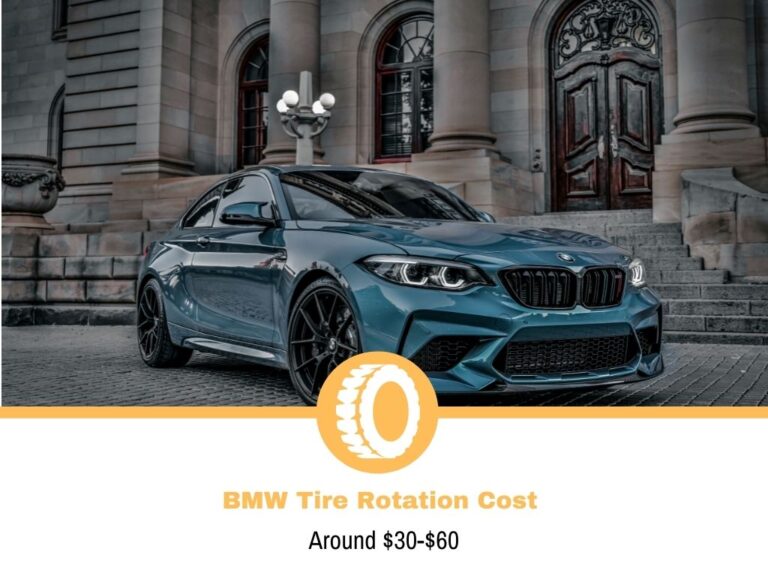
Michelin tires tend to have thinner sidewalls and offer a better ride than Toyo’s. They are also made entirely of steel, which offers a longer service life. Most premium models offer a smooth long-distance ride, ideal for any RV adventure. Toyo tires are much cheaper than their Michelin counterparts, but most of their models are polyester blended to keep the price down. They still ride quietly, but not quite as smoothly as Michelin.
The Toyo Celsius has a good snow performance than Michelin CC2 because of the dedicated snow claws in its repertoire.